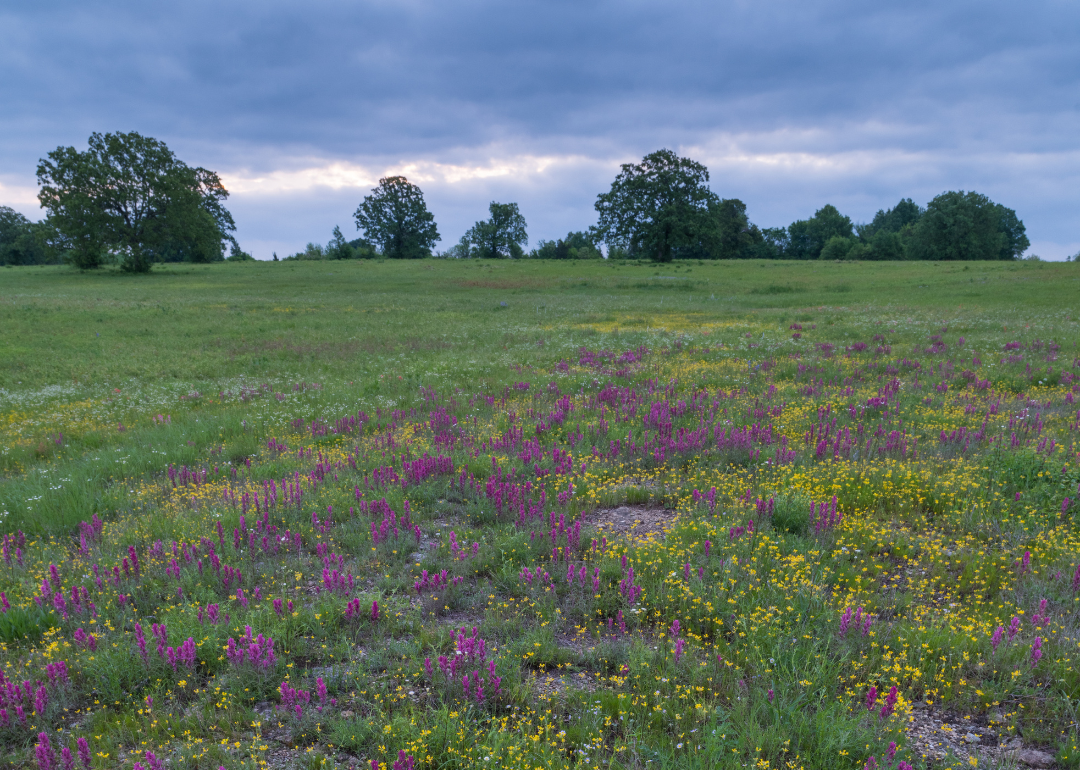
Wettest counties in Oklahoma
Rain, sleet, snow, hail, wintry mix. Precipitation takes on many forms, and the degree to which climate change affects precipitation levels comes down to something almost everyone learns about in school—Earth's water cycle. A system in endless motion, the water cycle traces the process through which water exists in its three primary phases—liquid, solid, and gas—as it moves perpetually between the Earth and its atmosphere.
Increases in precipitation frequency and intensity are markers of climate change. When temperatures rise and oceans grow warmer, the amount of water that evaporates into the atmosphere—and the speed at which it does so—also increases. As atmospheric circulation carries the moisture-rich air over land or pushes it into a storm system, heavy rain or snow is often the result.
The continental U.S. on average received about 30 inches of precipitation between March 2022 and February 2023. Traditionally "wet" regions—such as Washington state and Alaska in the northwest and Georgia and Mississippi in the southeast—continue to have some of the rainiest counties in the United States. Other areas such as Oklahoma, Kansas, and Nebraska, as well as pockets of the South and of California, experience the opposite extreme: drought, also largely a product of climate change.
Stacker cited data from the National Centers for Environmental Information to identify the counties in Oklahoma that receive the most precipitation through rain, sleet, or snow. Counties are ranked by five-year precipitation averages in inches as of February 2023 with rainfall over the past year serving as a tiebreaker. Supplementary data on how last year's precipitation compares to the 100-year average for the area is also included.
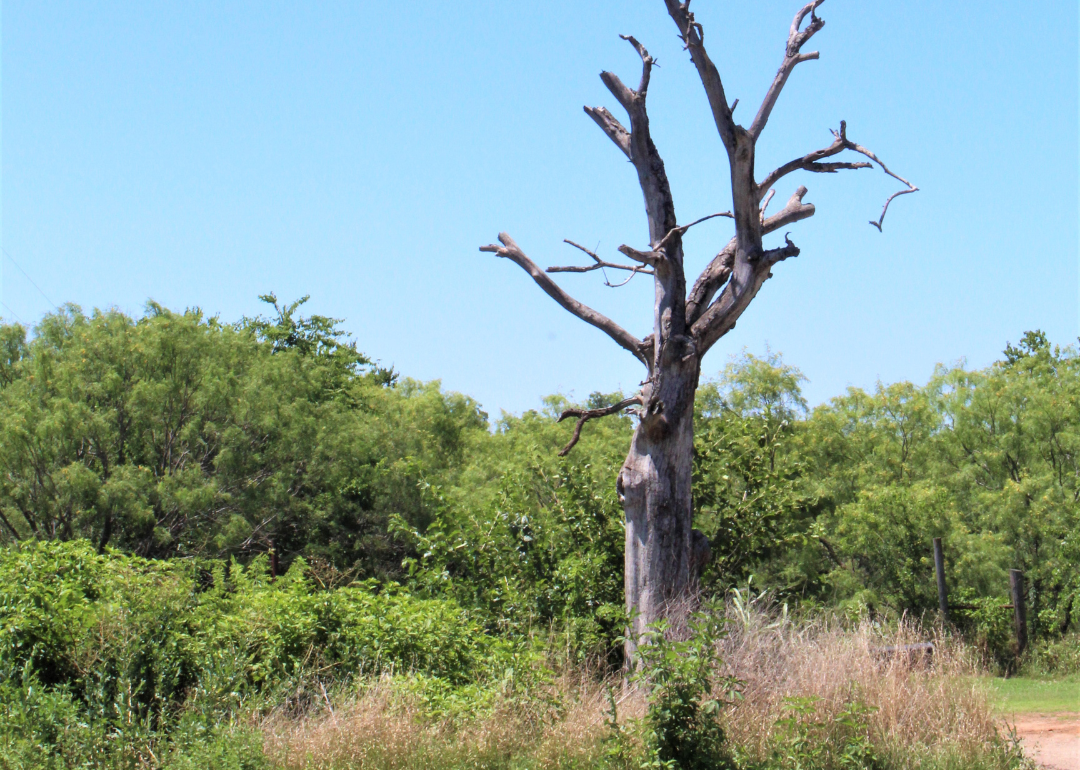
#50. Jefferson County
- Precipitation over the past year: 29.64 inches (#39 rainiest year since 1895)
- Precipitation compared to 1901-2000 average: -3.03 inches below norm
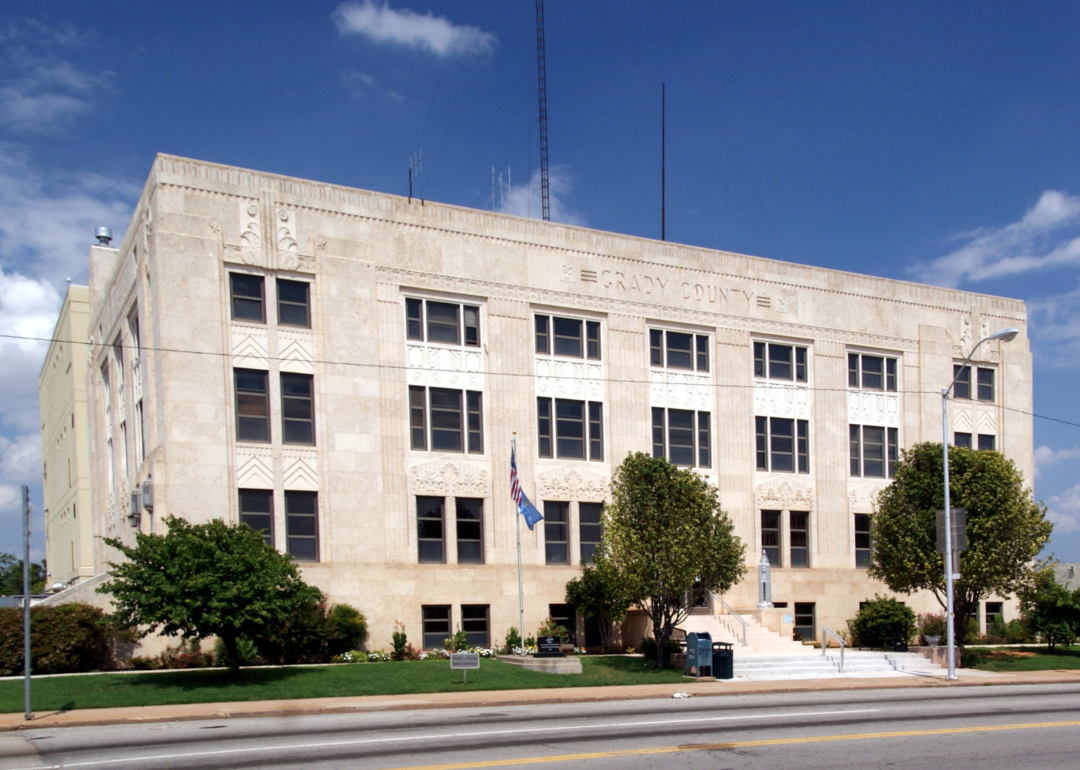
#49. Grady County
- Precipitation over the past year: 30.90 inches (#50 rainiest year since 1895)
- Precipitation compared to 1901-2000 average: -1.54 inches below norm
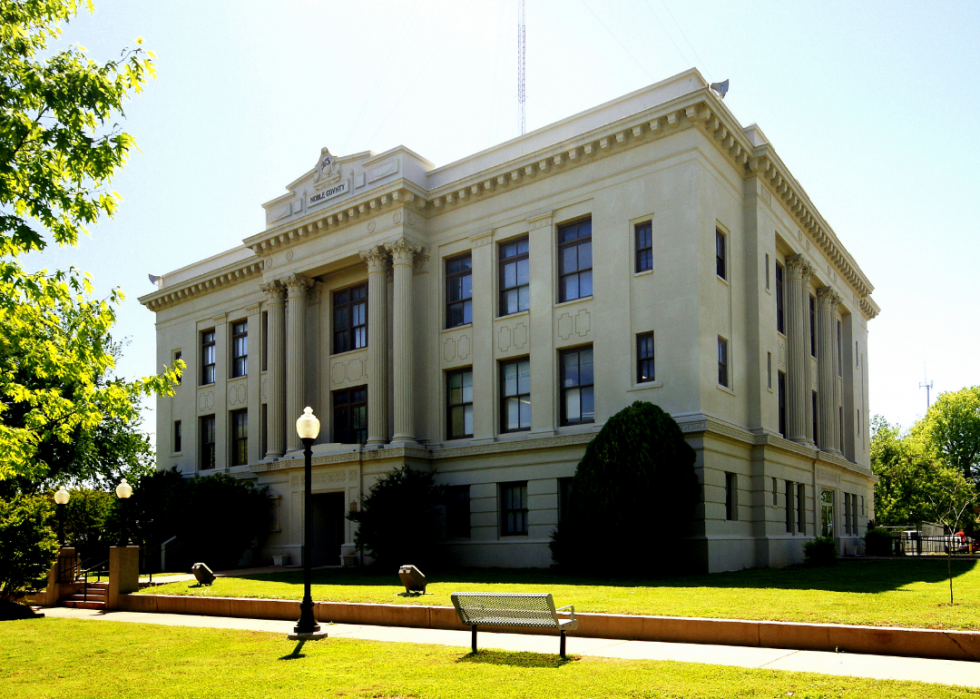
#48. Noble County
- Precipitation over the past year: 29.73 inches (#42 rainiest year since 1895)
- Precipitation compared to 1901-2000 average: -3.38 inches below norm

#47. Pawnee County
- Precipitation over the past year: 29.39 inches (#30 rainiest year since 1895)
- Precipitation compared to 1901-2000 average: -5.79 inches below norm
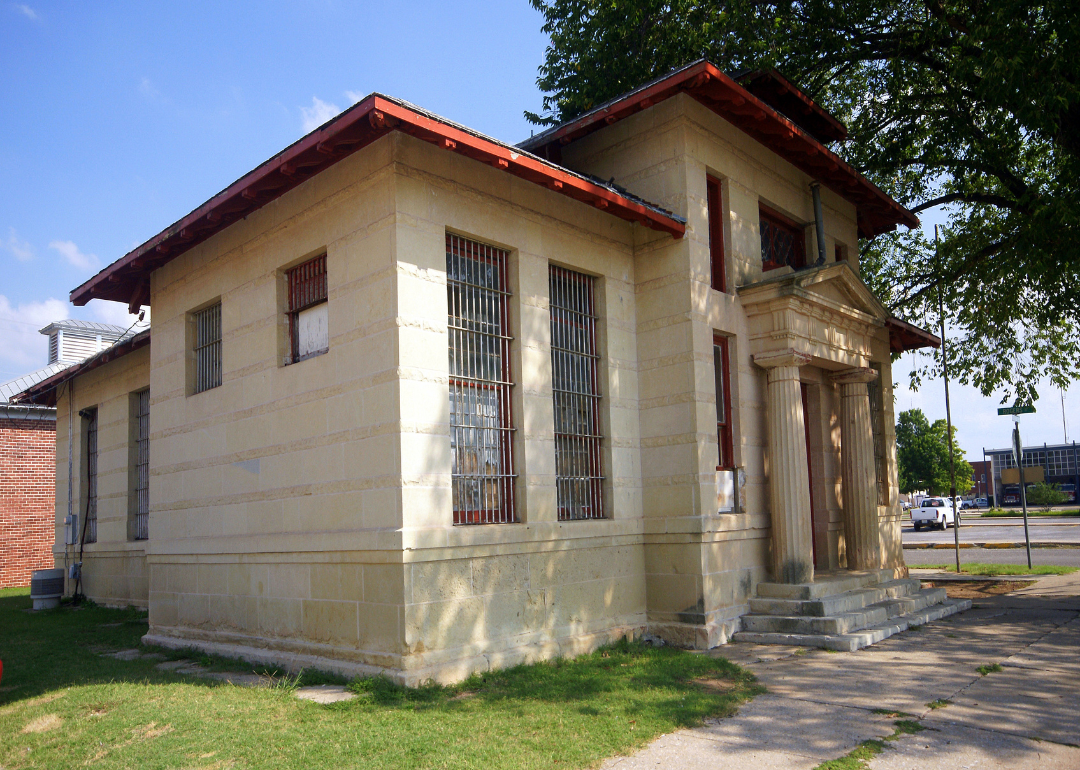
#46. Canadian County
- Precipitation over the past year: 29.70 inches (#56 rainiest year since 1895)
- Precipitation compared to 1901-2000 average: -1.01 inches below norm
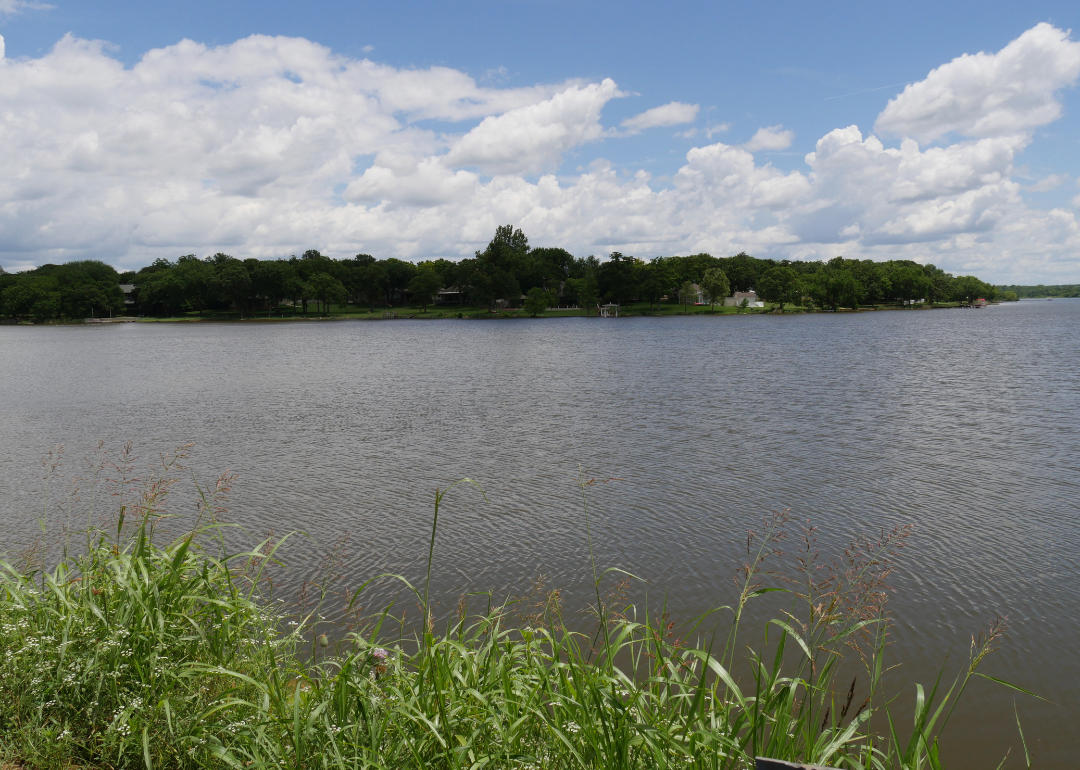
#45. Logan County
- Precipitation over the past year: 29.38 inches (#47 rainiest year since 1895)
- Precipitation compared to 1901-2000 average: -2.19 inches below norm

#44. Stephens County
- Precipitation over the past year: 31.73 inches (#51 rainiest year since 1895)
- Precipitation compared to 1901-2000 average: -1.34 inches below norm

#43. Payne County
- Precipitation over the past year: 31.36 inches (#44 rainiest year since 1895)
- Precipitation compared to 1901-2000 average: -3.02 inches below norm

#42. McClain County
- Precipitation over the past year: 30.83 inches (#42 rainiest year since 1895)
- Precipitation compared to 1901-2000 average: -3.68 inches below norm
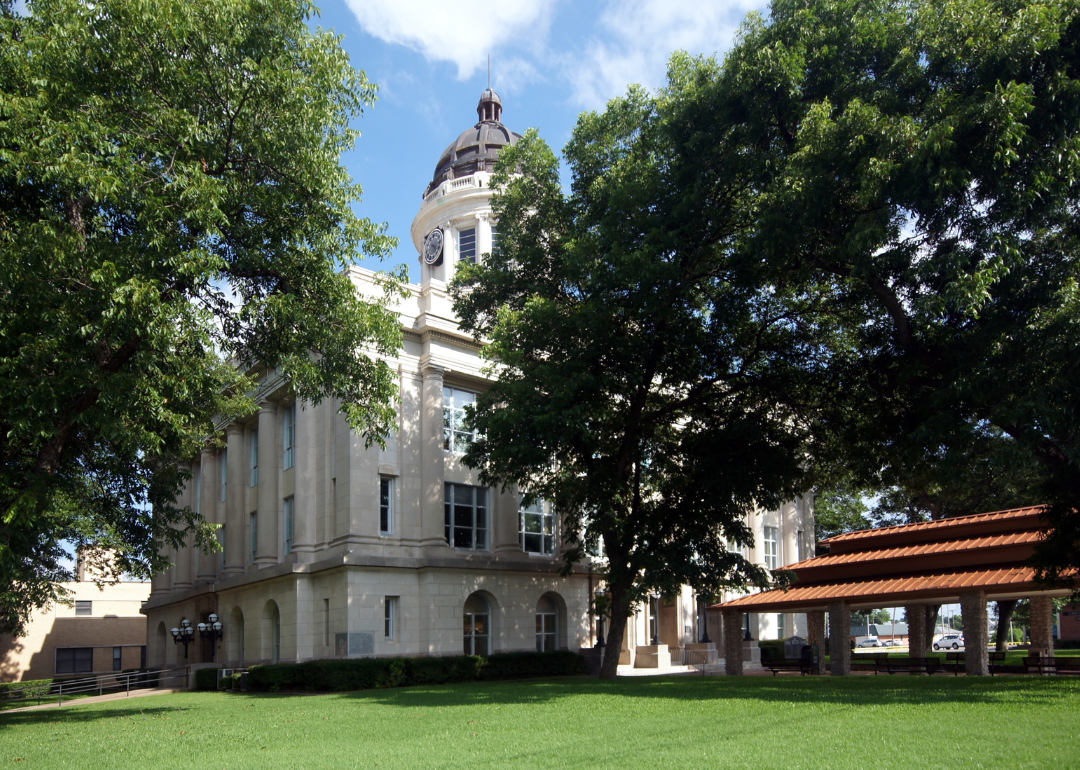
#41. Carter County
- Precipitation over the past year: 30.07 inches (#27 rainiest year since 1895)
- Precipitation compared to 1901-2000 average: -6.54 inches below norm
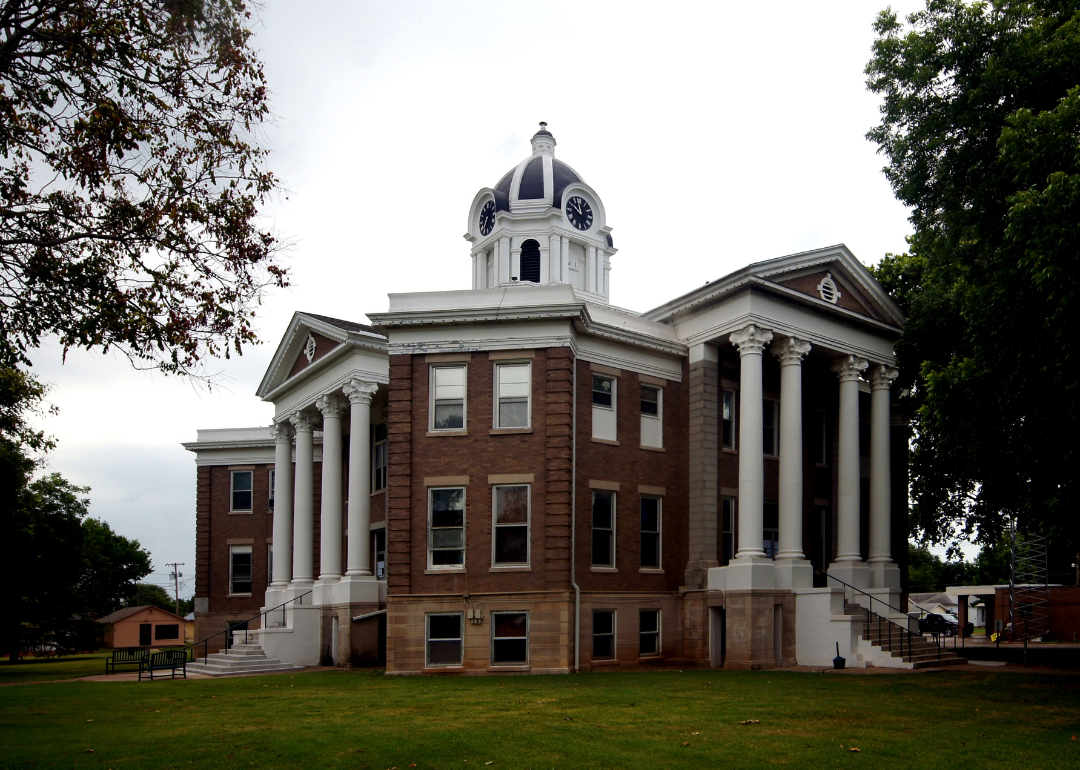
#40. Love County
- Precipitation over the past year: 31.43 inches (#41 rainiest year since 1895)
- Precipitation compared to 1901-2000 average: -4.53 inches below norm

#39. Osage County
- Precipitation over the past year: 29.82 inches (#29 rainiest year since 1895)
- Precipitation compared to 1901-2000 average: -6.14 inches below norm
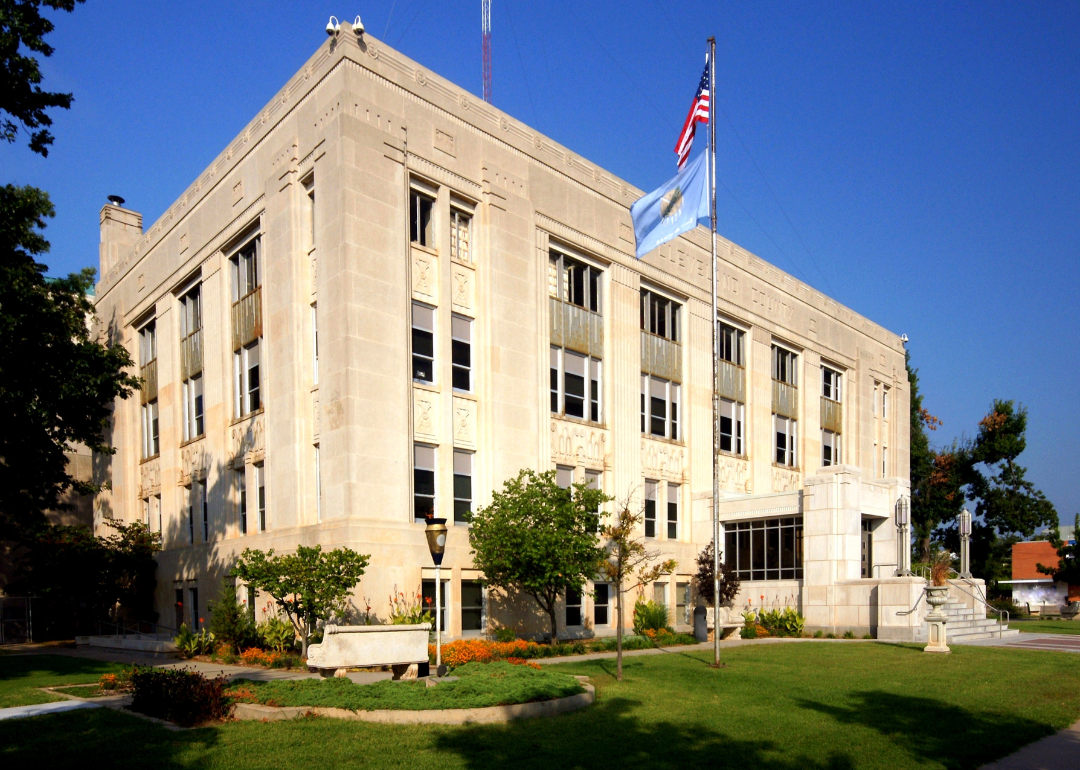
#38. Cleveland County
- Precipitation over the past year: 31.18 inches (#43 rainiest year since 1895)
- Precipitation compared to 1901-2000 average: -3.58 inches below norm

#37. Oklahoma County
- Precipitation over the past year: 31.14 inches (#48 rainiest year since 1895)
- Precipitation compared to 1901-2000 average: -1.78 inches below norm
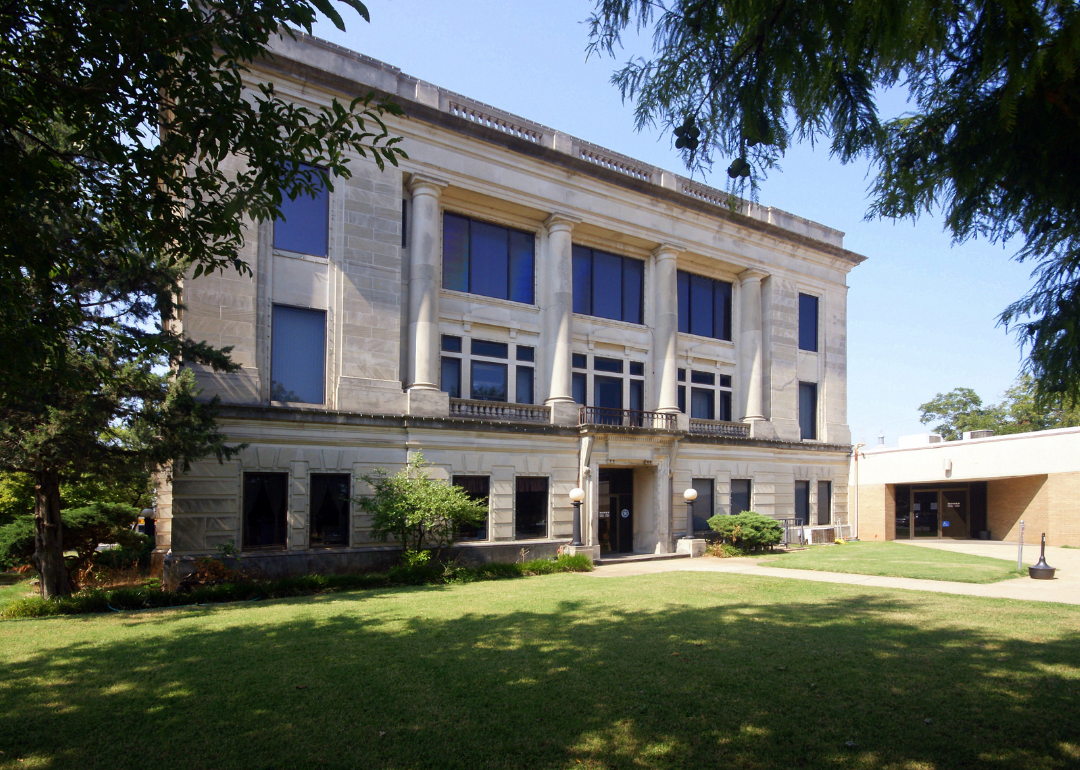
#36. Garvin County
- Precipitation over the past year: 30.28 inches (#34 rainiest year since 1895)
- Precipitation compared to 1901-2000 average: -5.60 inches below norm

#35. Lincoln County
- Precipitation over the past year: 32.27 inches (#39 rainiest year since 1895)
- Precipitation compared to 1901-2000 average: -3.50 inches below norm
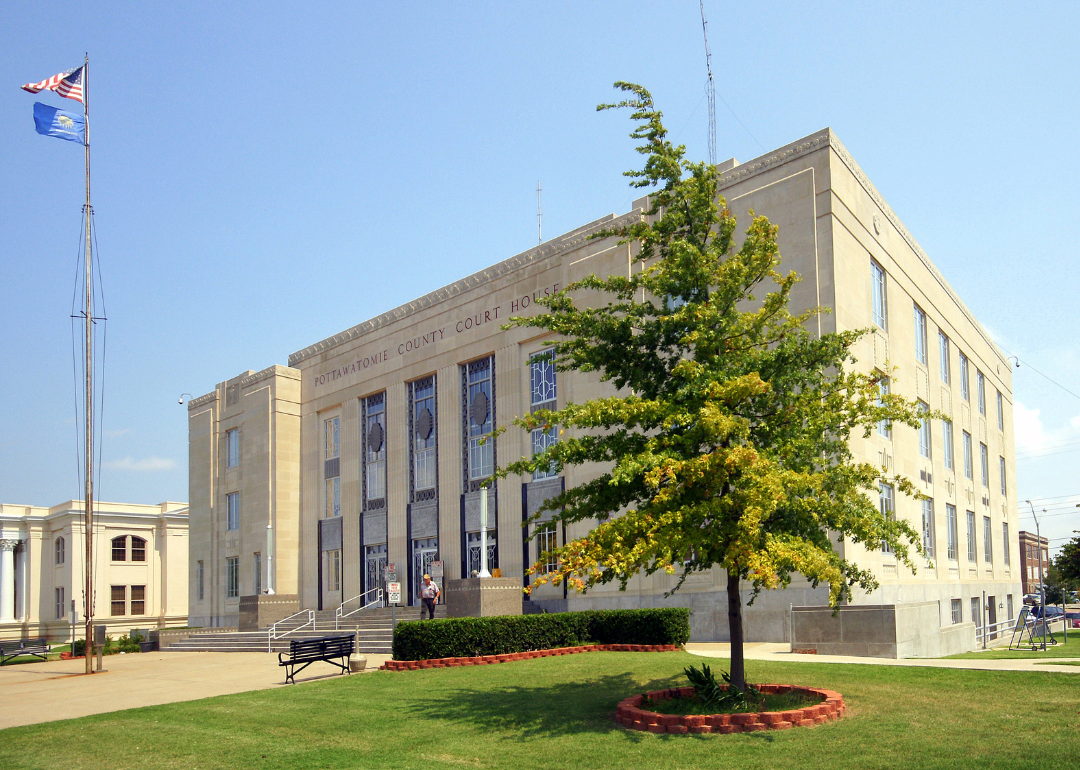
#34. Pottawatomie County
- Precipitation over the past year: 32.90 inches (#44 rainiest year since 1895)
- Precipitation compared to 1901-2000 average: -3.55 inches below norm

#33. Washington County
- Precipitation over the past year: 31.82 inches (#27 rainiest year since 1895)
- Precipitation compared to 1901-2000 average: -5.92 inches below norm
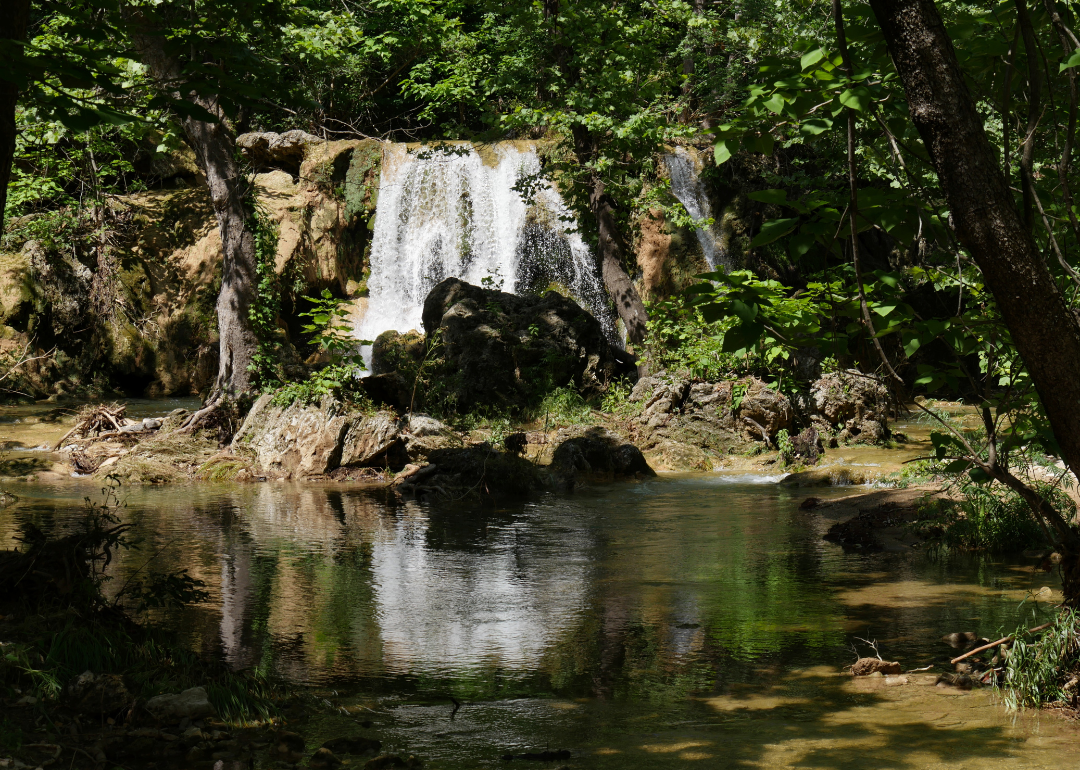
#32. Murray County
- Precipitation over the past year: 31.40 inches (#28 rainiest year since 1895)
- Precipitation compared to 1901-2000 average: -6.80 inches below norm
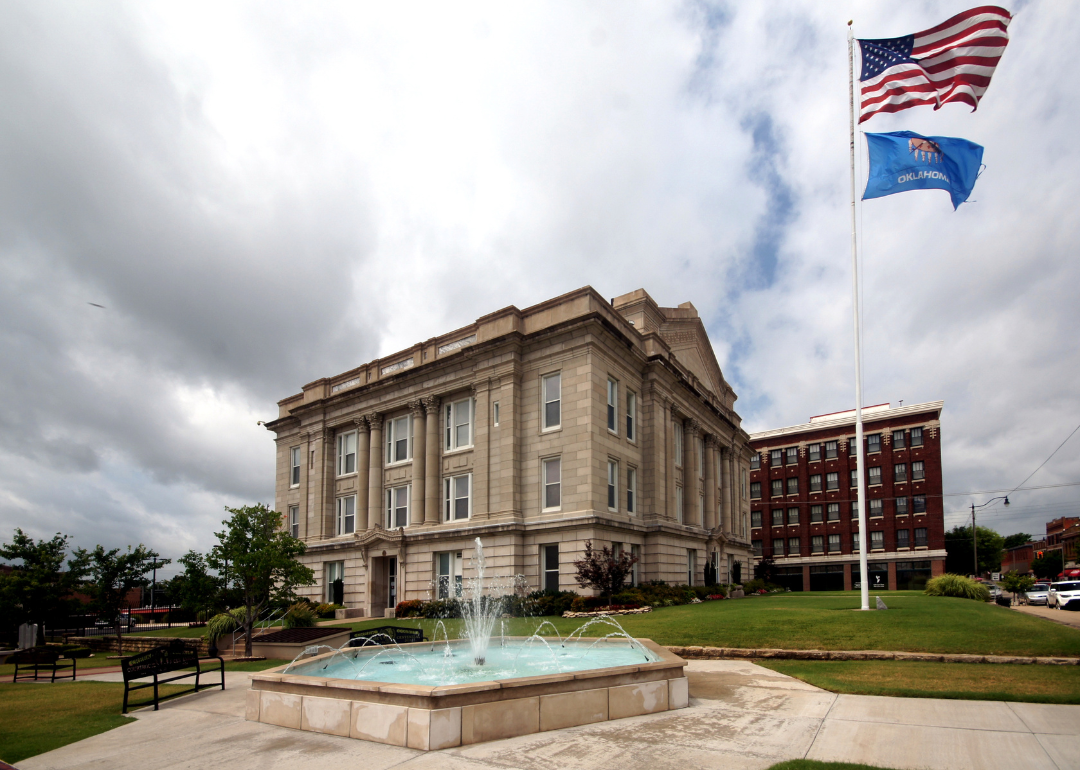
#31. Creek County
- Precipitation over the past year: 35.01 inches (#47 rainiest year since 1895)
- Precipitation compared to 1901-2000 average: -2.48 inches below norm
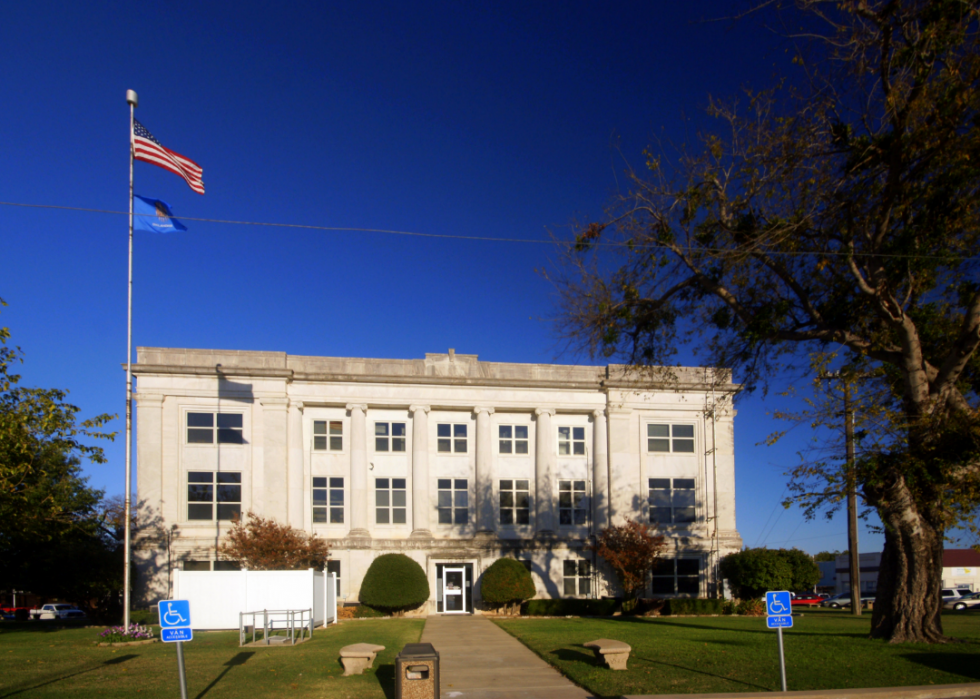
#30. Marshall County
- Precipitation over the past year: 33.37 inches (#38 rainiest year since 1895)
- Precipitation compared to 1901-2000 average: -5.20 inches below norm
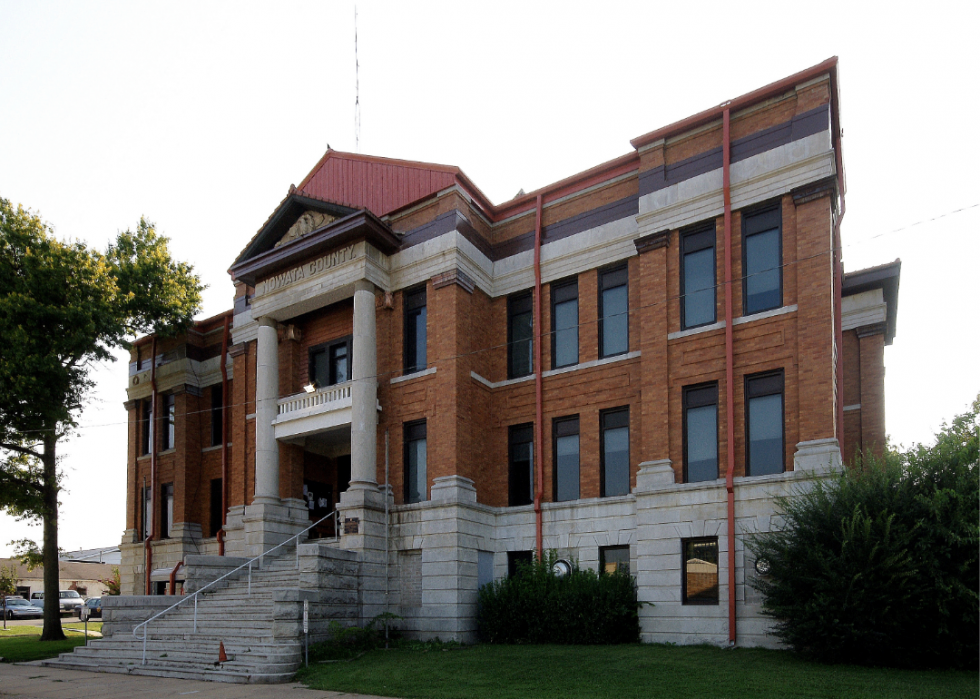
#29. Nowata County
- Precipitation over the past year: 32.07 inches (#22 rainiest year since 1895)
- Precipitation compared to 1901-2000 average: -7.35 inches below norm

#28. Tulsa County
- Precipitation over the past year: 36.36 inches (#53 rainiest year since 1895)
- Precipitation compared to 1901-2000 average: -2.05 inches below norm
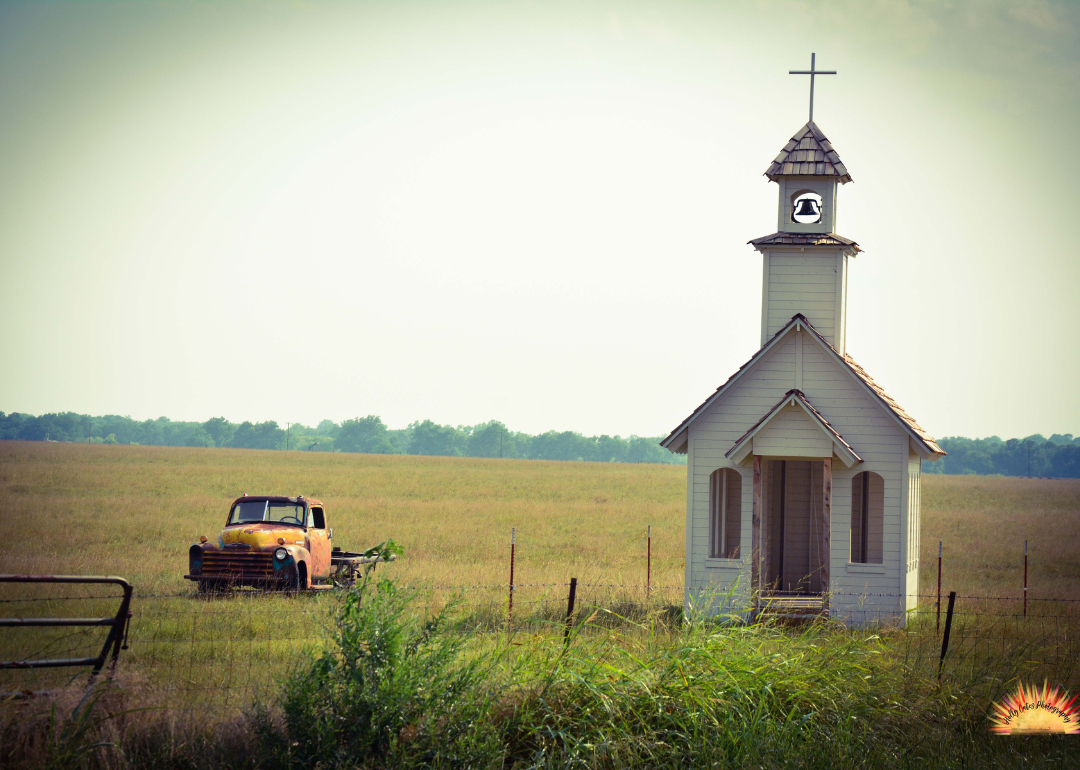
#27. Seminole County
- Precipitation over the past year: 33.94 inches (#38 rainiest year since 1895)
- Precipitation compared to 1901-2000 average: -4.23 inches below norm
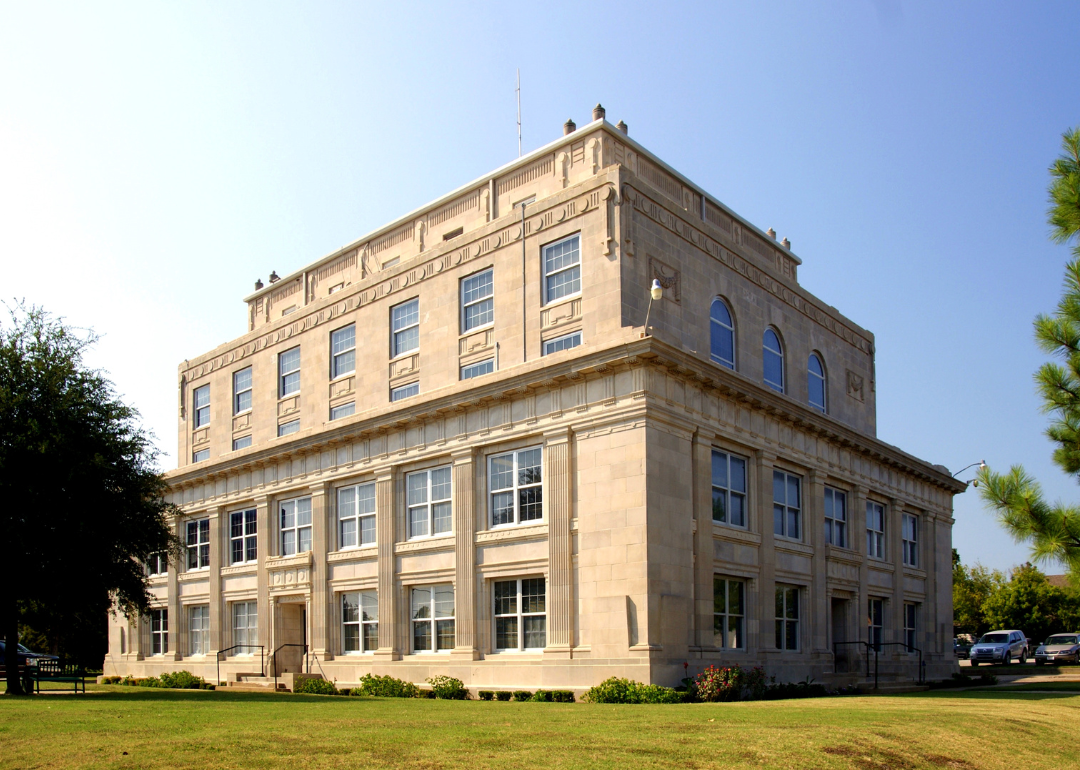
#26. Okfuskee County
- Precipitation over the past year: 34.96 inches (#41 rainiest year since 1895)
- Precipitation compared to 1901-2000 average: -3.57 inches below norm
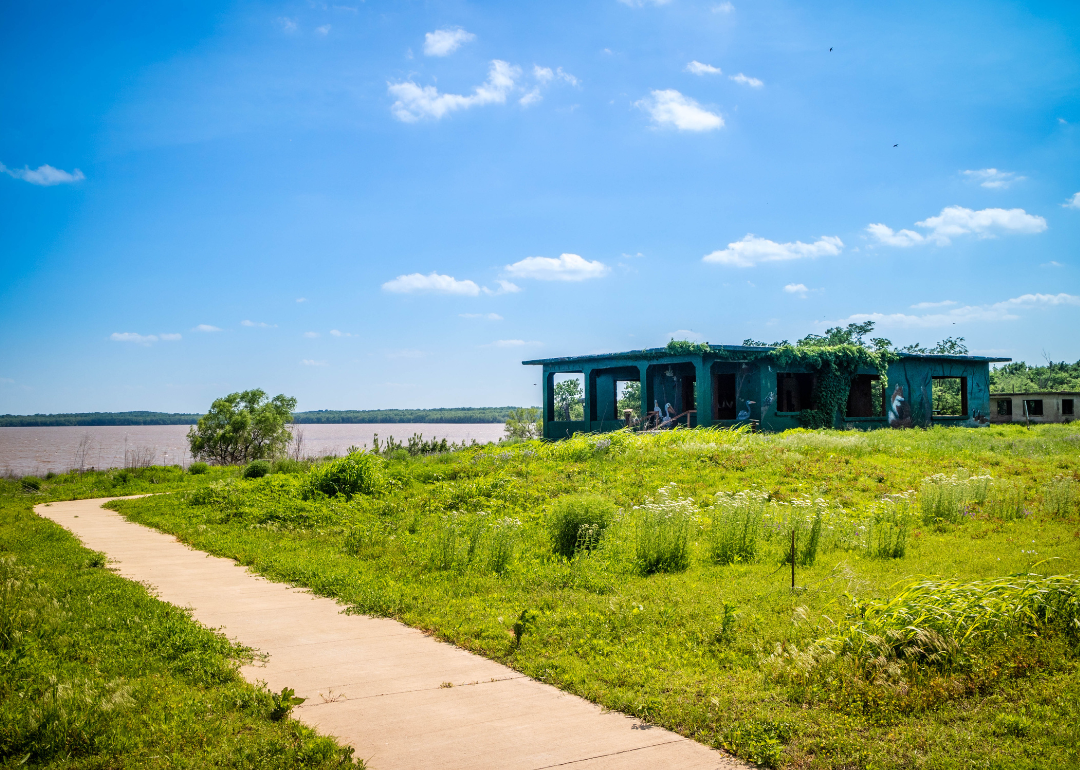
#25. Johnston County
- Precipitation over the past year: 33.79 inches (#37 rainiest year since 1895)
- Precipitation compared to 1901-2000 average: -5.82 inches below norm
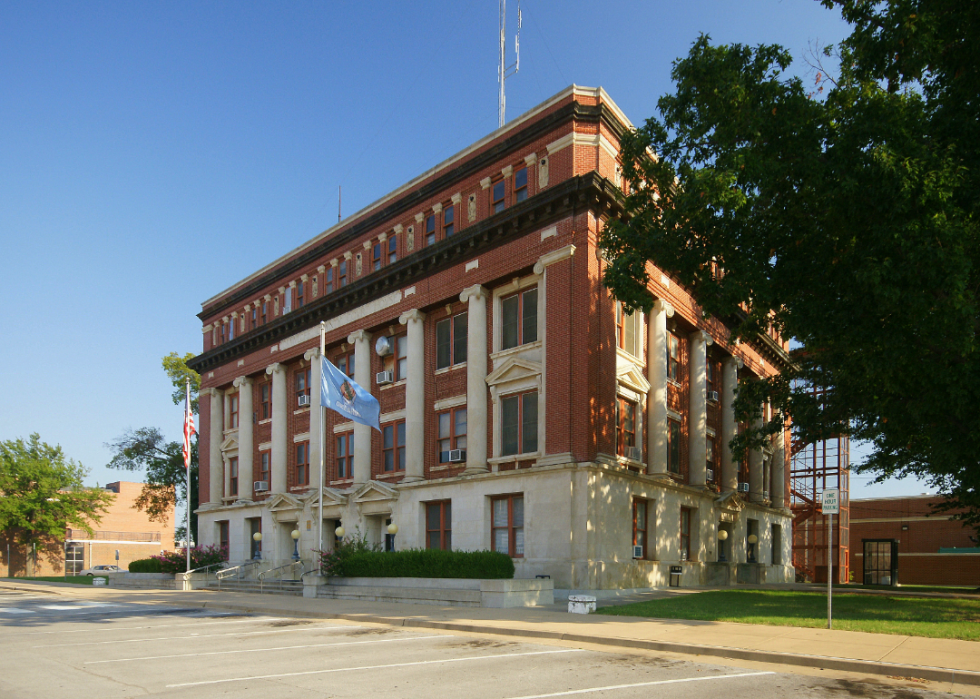
#24. Okmulgee County
- Precipitation over the past year: 40.37 inches (#67 rainiest year since 1895)
- Precipitation compared to 1901-2000 average: 0.69 inches above norm
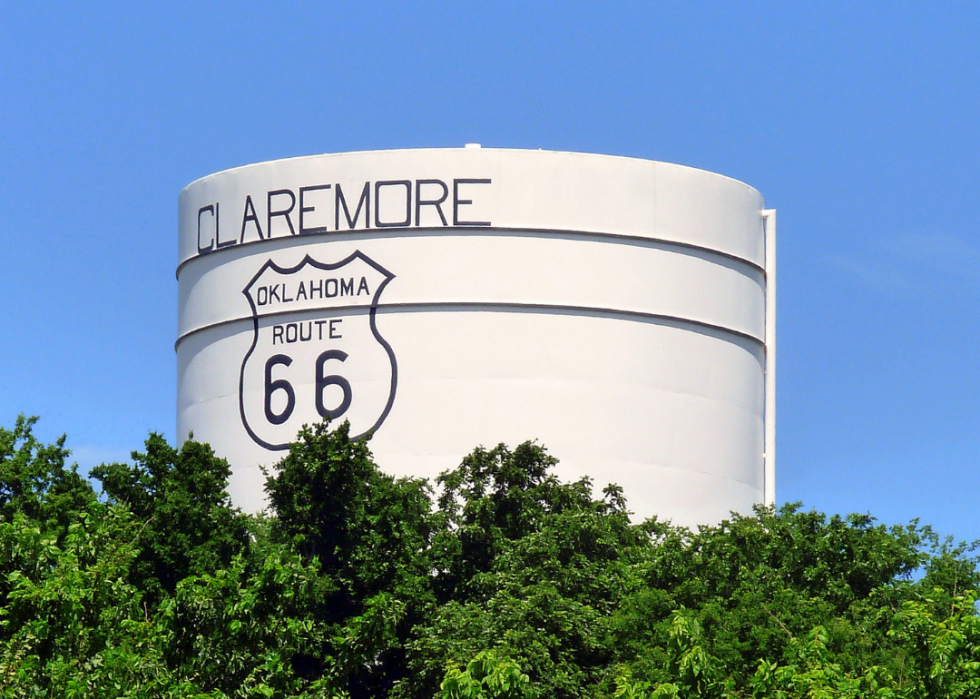
#23. Rogers County
- Precipitation over the past year: 37.26 inches (#56 rainiest year since 1895)
- Precipitation compared to 1901-2000 average: -2.22 inches below norm

#22. Bryan County
- Precipitation over the past year: 39.55 inches (#57 rainiest year since 1895)
- Precipitation compared to 1901-2000 average: -1.25 inches below norm

#21. Pontotoc County
- Precipitation over the past year: 33.70 inches (#33 rainiest year since 1895)
- Precipitation compared to 1901-2000 average: -5.75 inches below norm
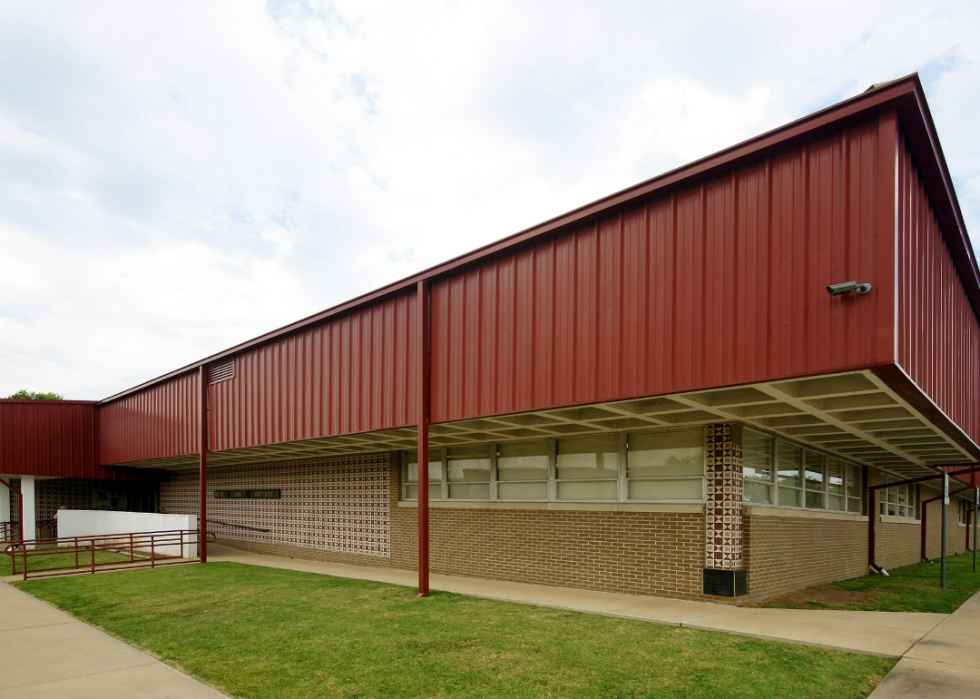
#20. Hughes County
- Precipitation over the past year: 36.64 inches (#39 rainiest year since 1895)
- Precipitation compared to 1901-2000 average: -4.44 inches below norm
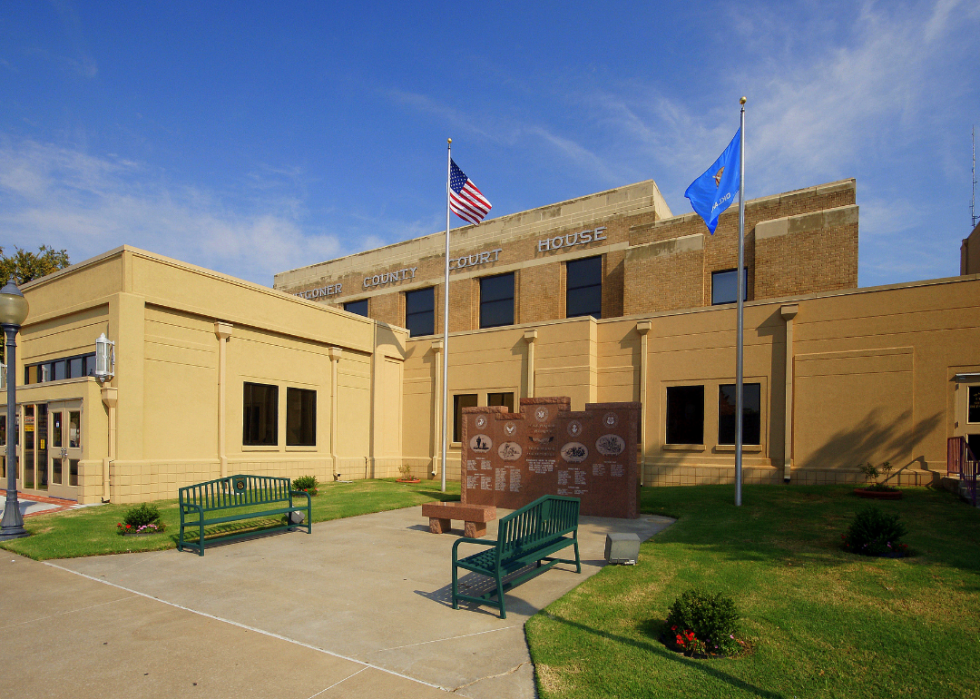
#19. Wagoner County
- Precipitation over the past year: 45.45 inches (#91 rainiest year since 1895)
- Precipitation compared to 1901-2000 average: 4.51 inches above norm

#18. Coal County
- Precipitation over the past year: 36.36 inches (#40 rainiest year since 1895)
- Precipitation compared to 1901-2000 average: -5.07 inches below norm
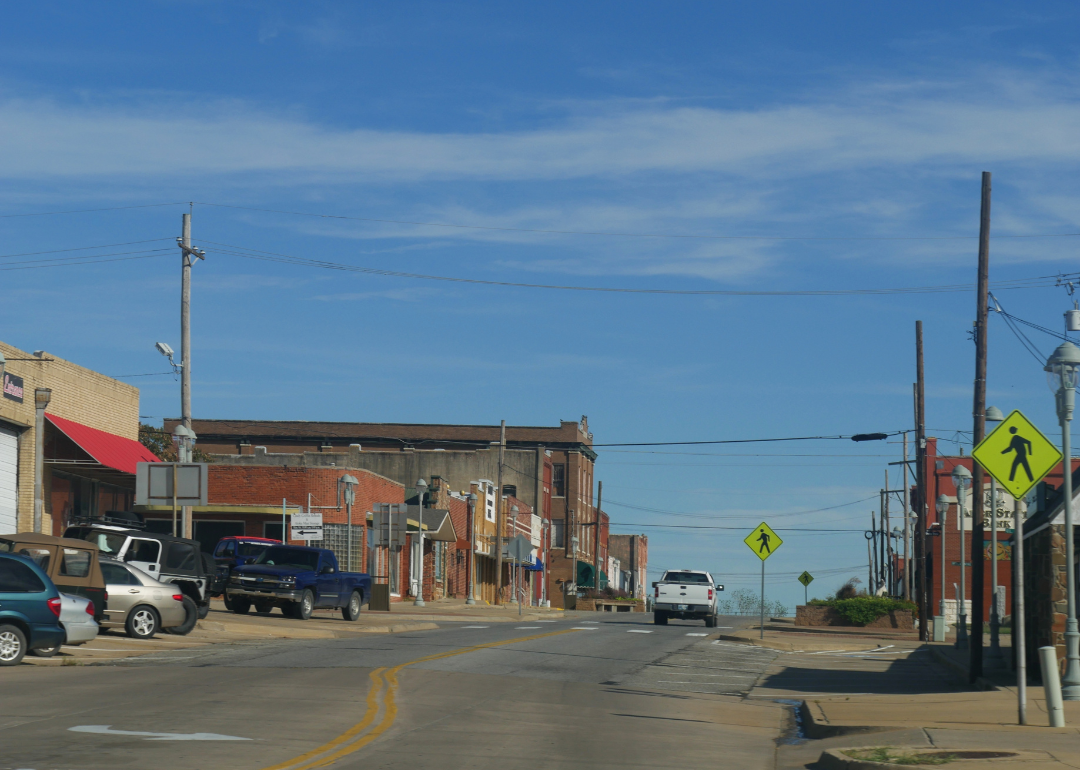
#17. Atoka County
- Precipitation over the past year: 39.55 inches (#52 rainiest year since 1895)
- Precipitation compared to 1901-2000 average: -3.79 inches below norm
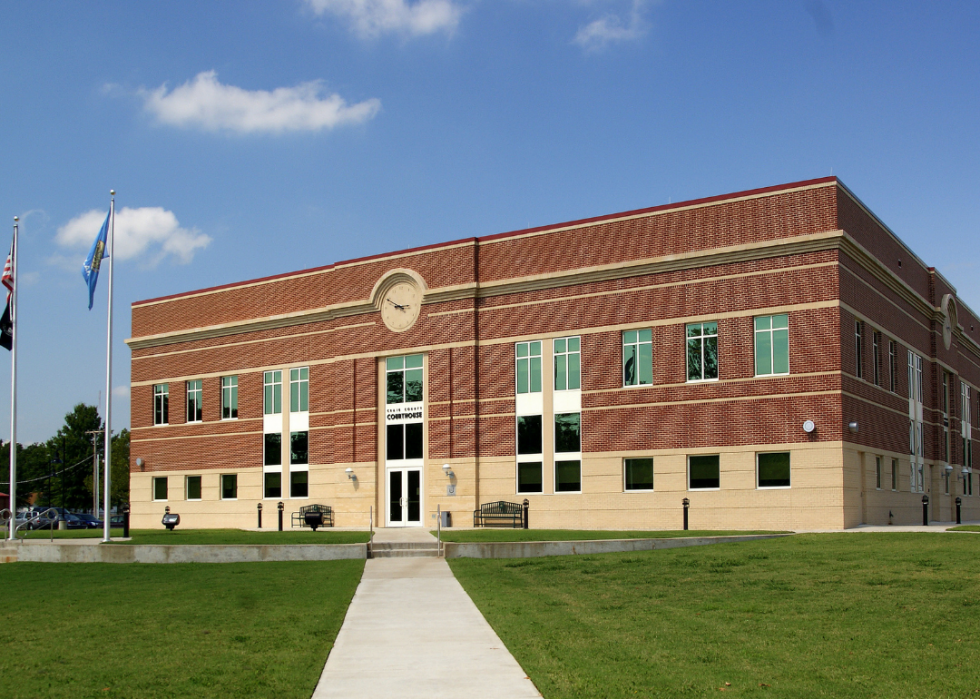
#16. Craig County
- Precipitation over the past year: 35.80 inches (#26 rainiest year since 1895)
- Precipitation compared to 1901-2000 average: -6.28 inches below norm

#15. McIntosh County
- Precipitation over the past year: 46.02 inches (#85 rainiest year since 1895)
- Precipitation compared to 1901-2000 average: 4.23 inches above norm
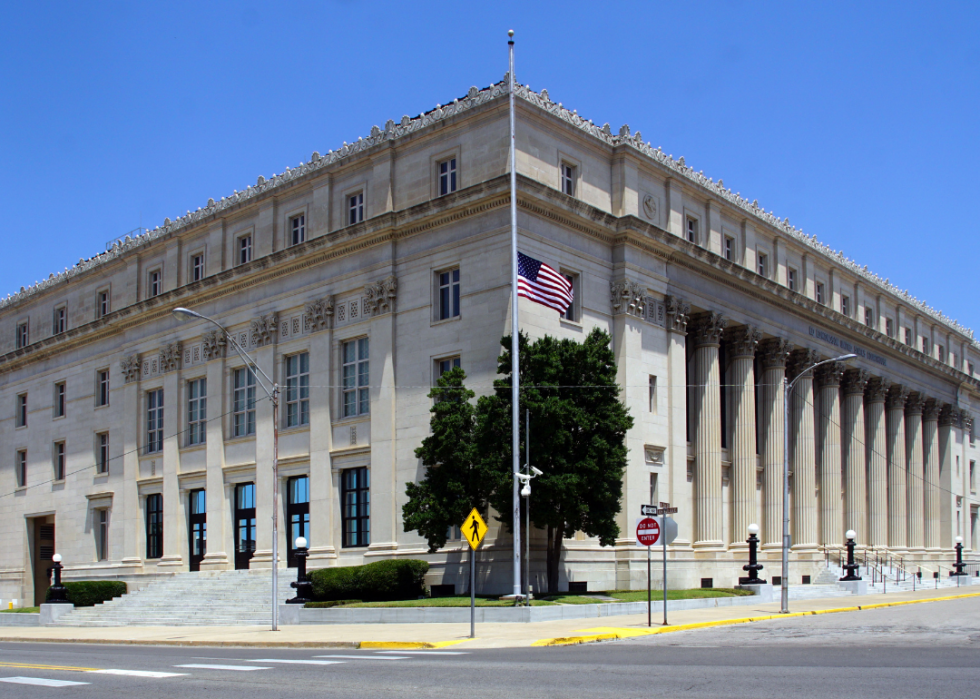
#14. Muskogee County
- Precipitation over the past year: 50.53 inches (#105 rainiest year since 1895)
- Precipitation compared to 1901-2000 average: 8.26 inches above norm
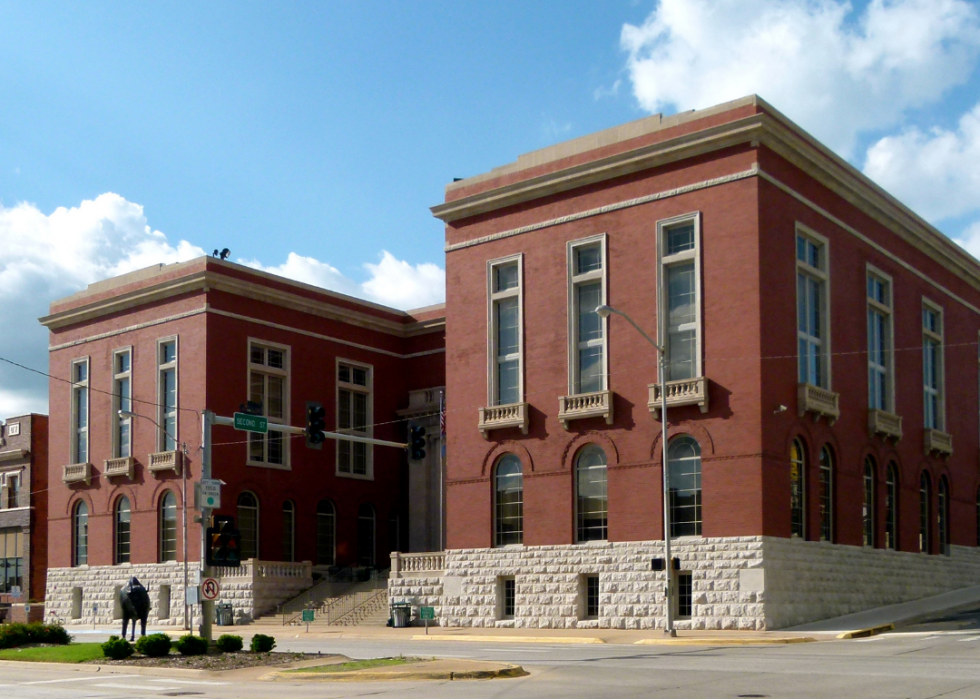
#13. Pittsburg County
- Precipitation over the past year: 41.03 inches (#50 rainiest year since 1895)
- Precipitation compared to 1901-2000 average: -3.47 inches below norm

#12. Choctaw County
- Precipitation over the past year: 45.11 inches (#64 rainiest year since 1895)
- Precipitation compared to 1901-2000 average: -0.17 inches below norm

#11. Mayes County
- Precipitation over the past year: 42.74 inches (#72 rainiest year since 1895)
- Precipitation compared to 1901-2000 average: 0.80 inches above norm
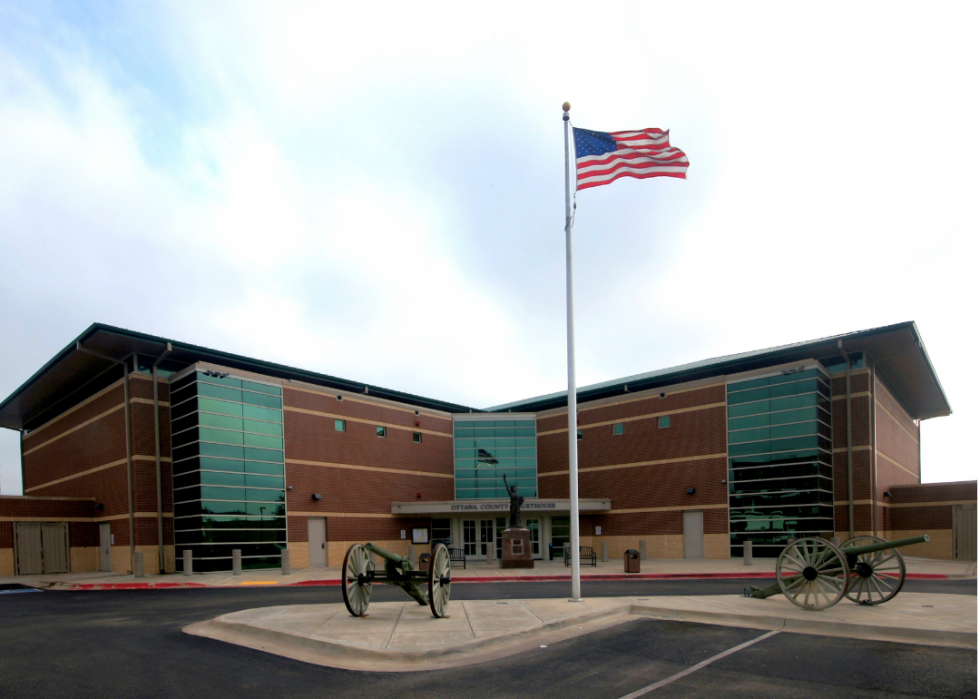
#10. Ottawa County
- Precipitation over the past year: 42.03 inches (#60 rainiest year since 1895)
- Precipitation compared to 1901-2000 average: -0.36 inches below norm
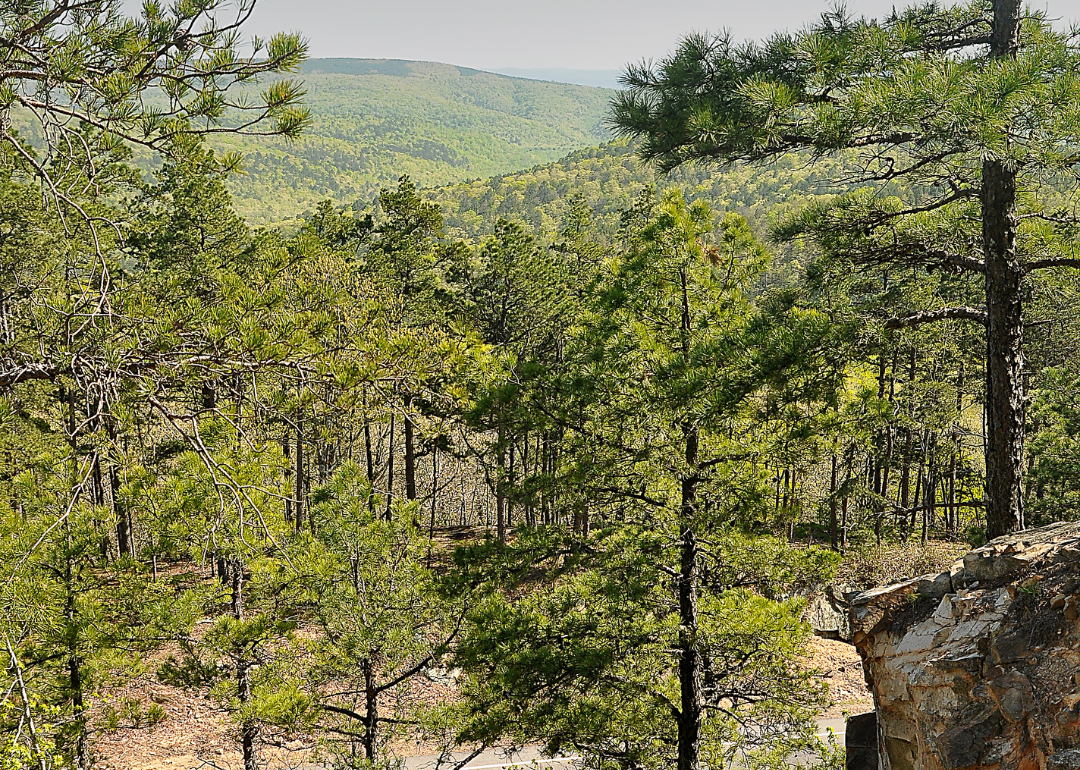
#9. Pushmataha County
- Precipitation over the past year: 45.04 inches (#51 rainiest year since 1895)
- Precipitation compared to 1901-2000 average: -3.46 inches below norm
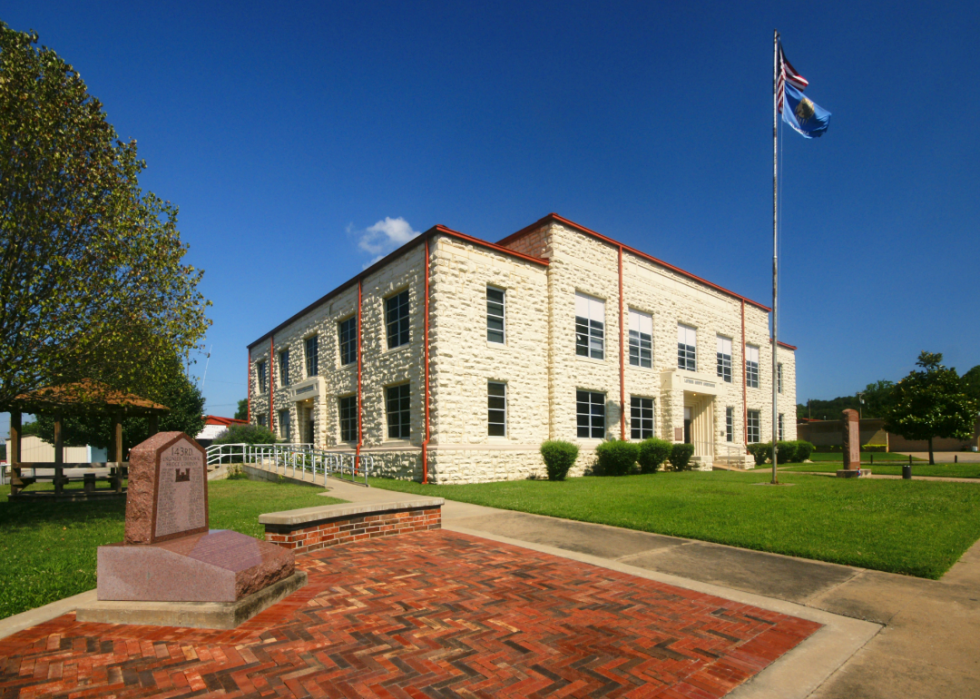
#8. Latimer County
- Precipitation over the past year: 45.40 inches (#59 rainiest year since 1895)
- Precipitation compared to 1901-2000 average: -1.23 inches below norm

#7. Haskell County
- Precipitation over the past year: 49.67 inches (#91 rainiest year since 1895)
- Precipitation compared to 1901-2000 average: 5.44 inches above norm
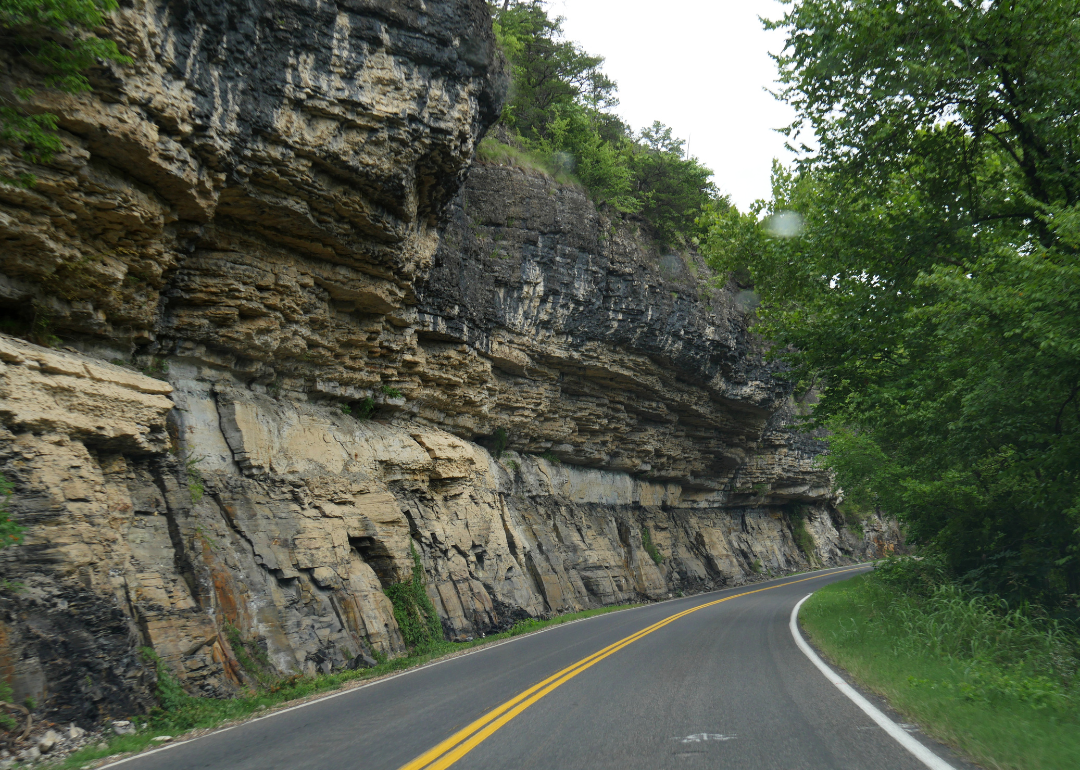
#6. Cherokee County
- Precipitation over the past year: 52.34 inches (#105 rainiest year since 1895)
- Precipitation compared to 1901-2000 average: 8.79 inches above norm
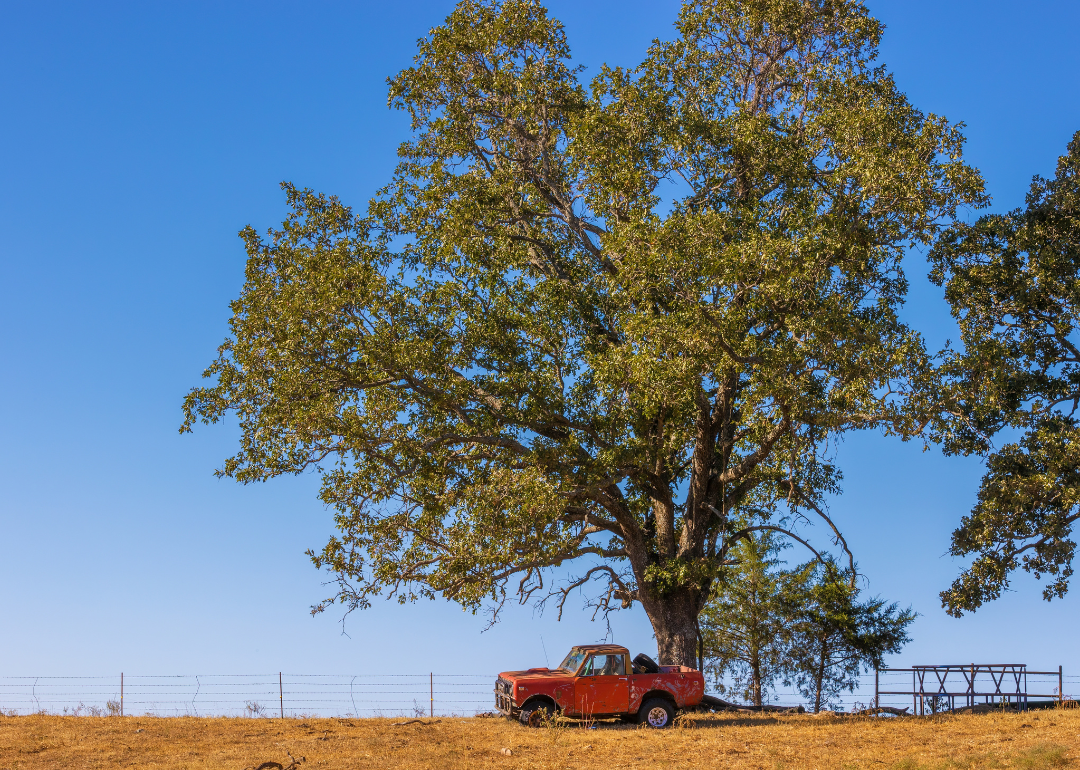
#5. Adair County
- Precipitation over the past year: 50.84 inches (#92 rainiest year since 1895)
- Precipitation compared to 1901-2000 average: 5.74 inches above norm
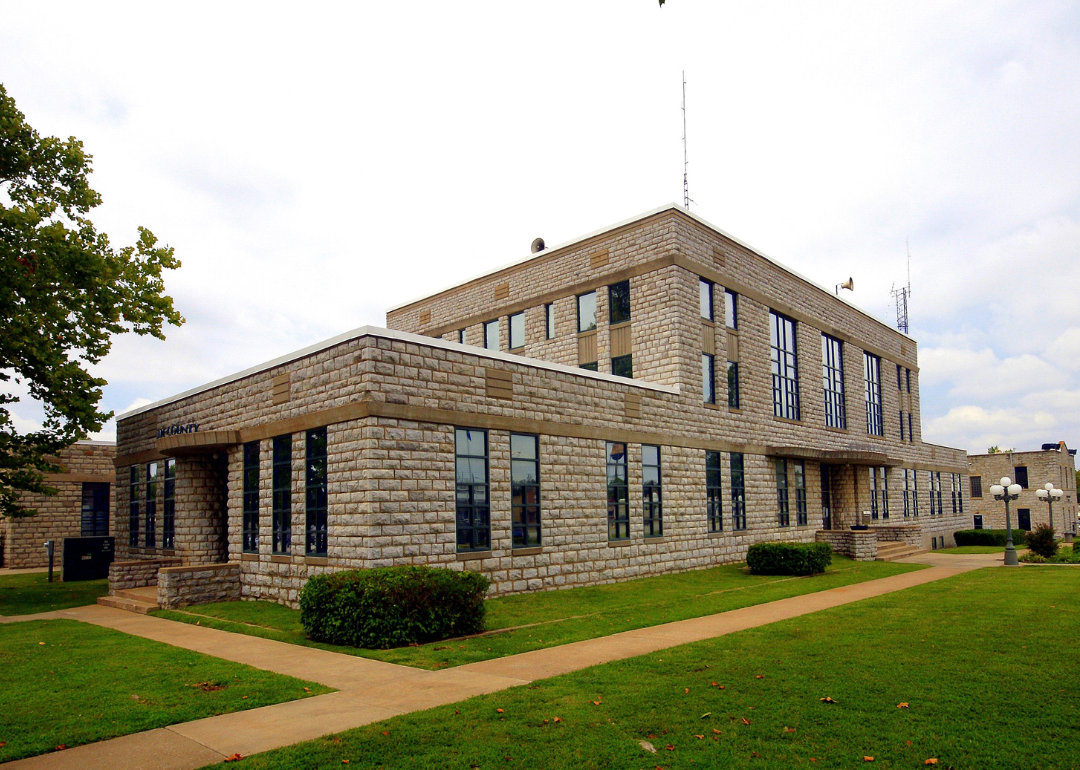
#4. Delaware County
- Precipitation over the past year: 46.34 inches (#78 rainiest year since 1895)
- Precipitation compared to 1901-2000 average: 2.75 inches above norm
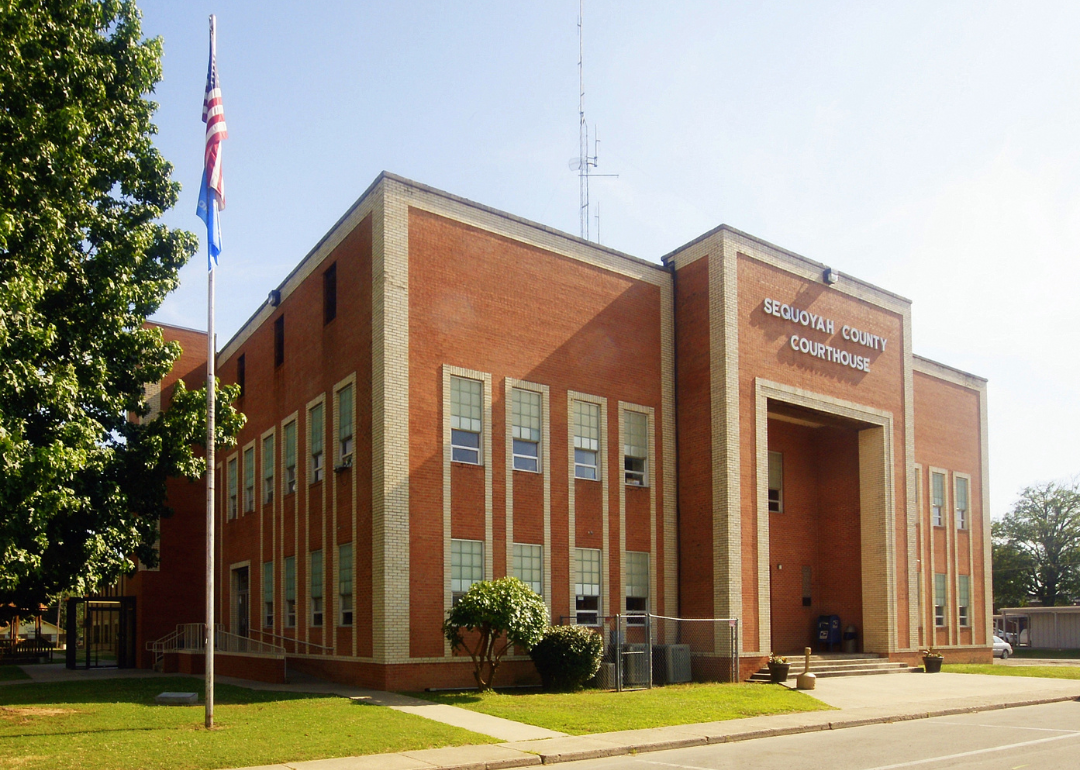
#3. Sequoyah County
- Precipitation over the past year: 52.90 inches (#102 rainiest year since 1895)
- Precipitation compared to 1901-2000 average: 8.06 inches above norm
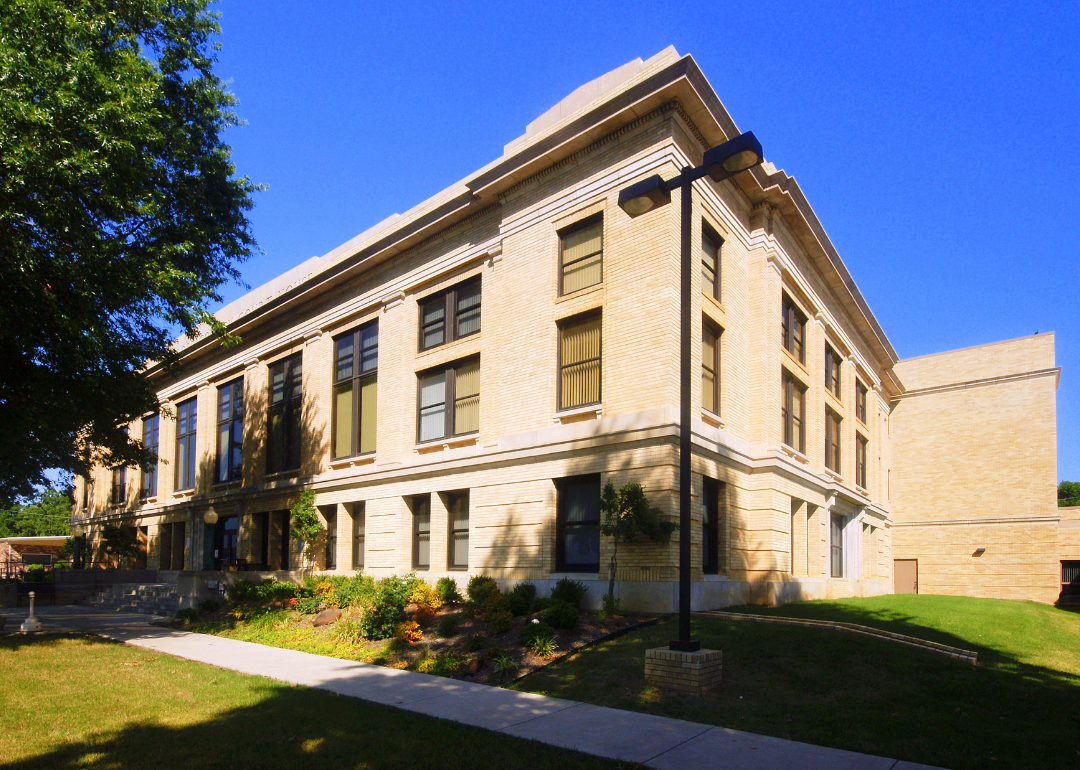
#2. Le Flore County
- Precipitation over the past year: 51.84 inches (#89 rainiest year since 1895)
- Precipitation compared to 1901-2000 average: 4.50 inches above norm

#1. McCurtain County
- Precipitation over the past year: 52.24 inches (#81 rainiest year since 1895)
- Precipitation compared to 1901-2000 average: 2.77 inches above norm



